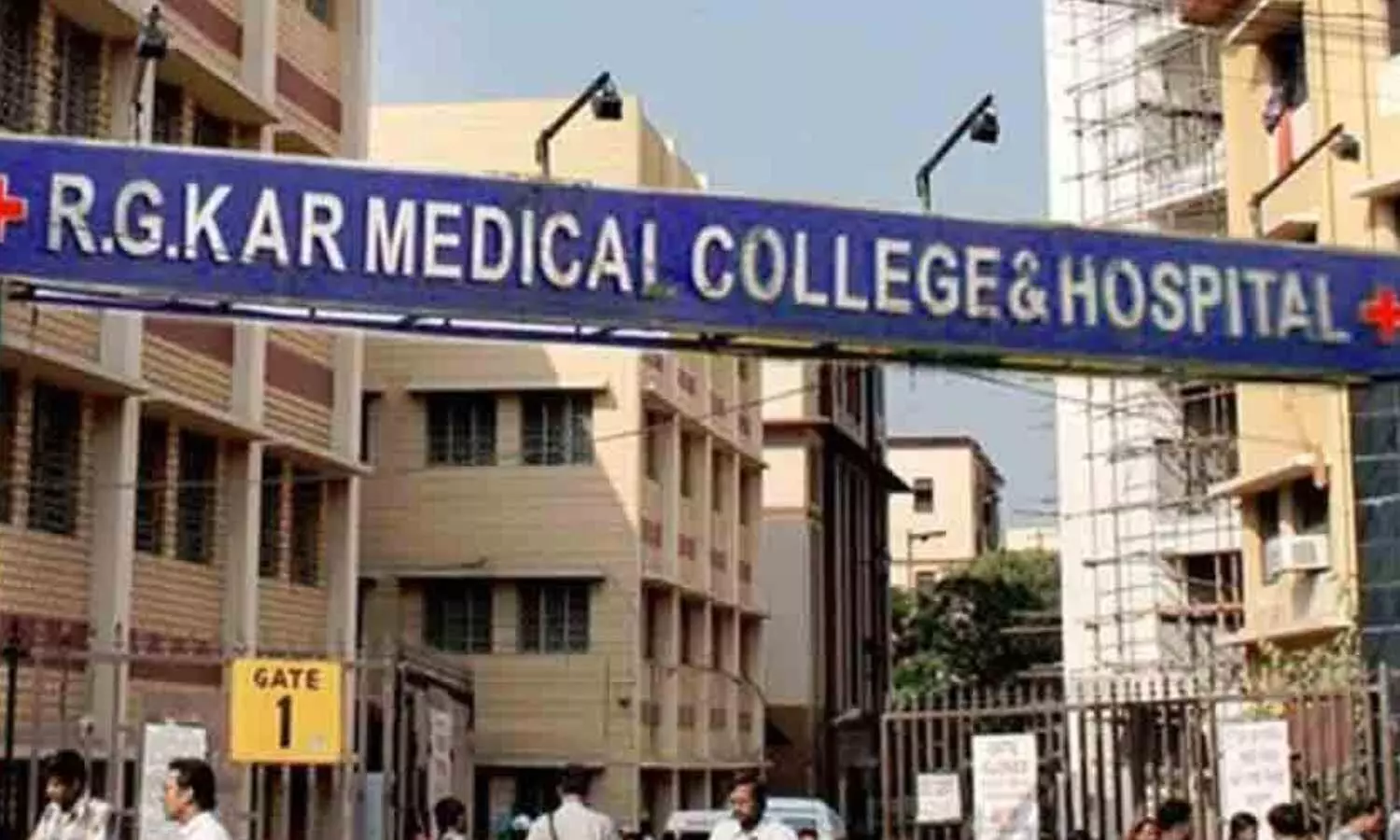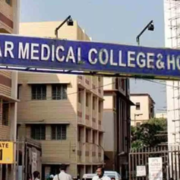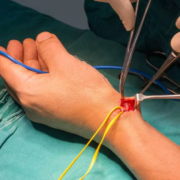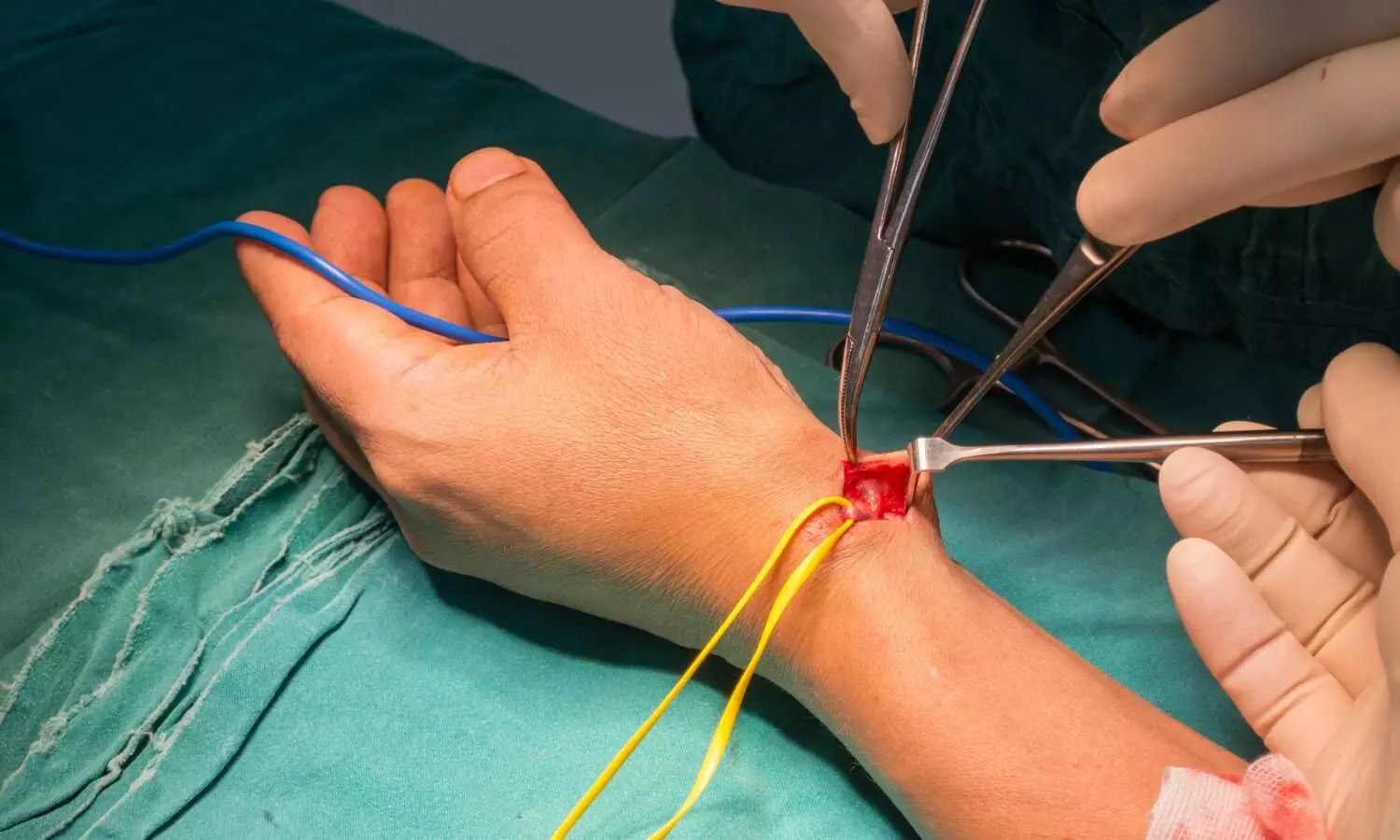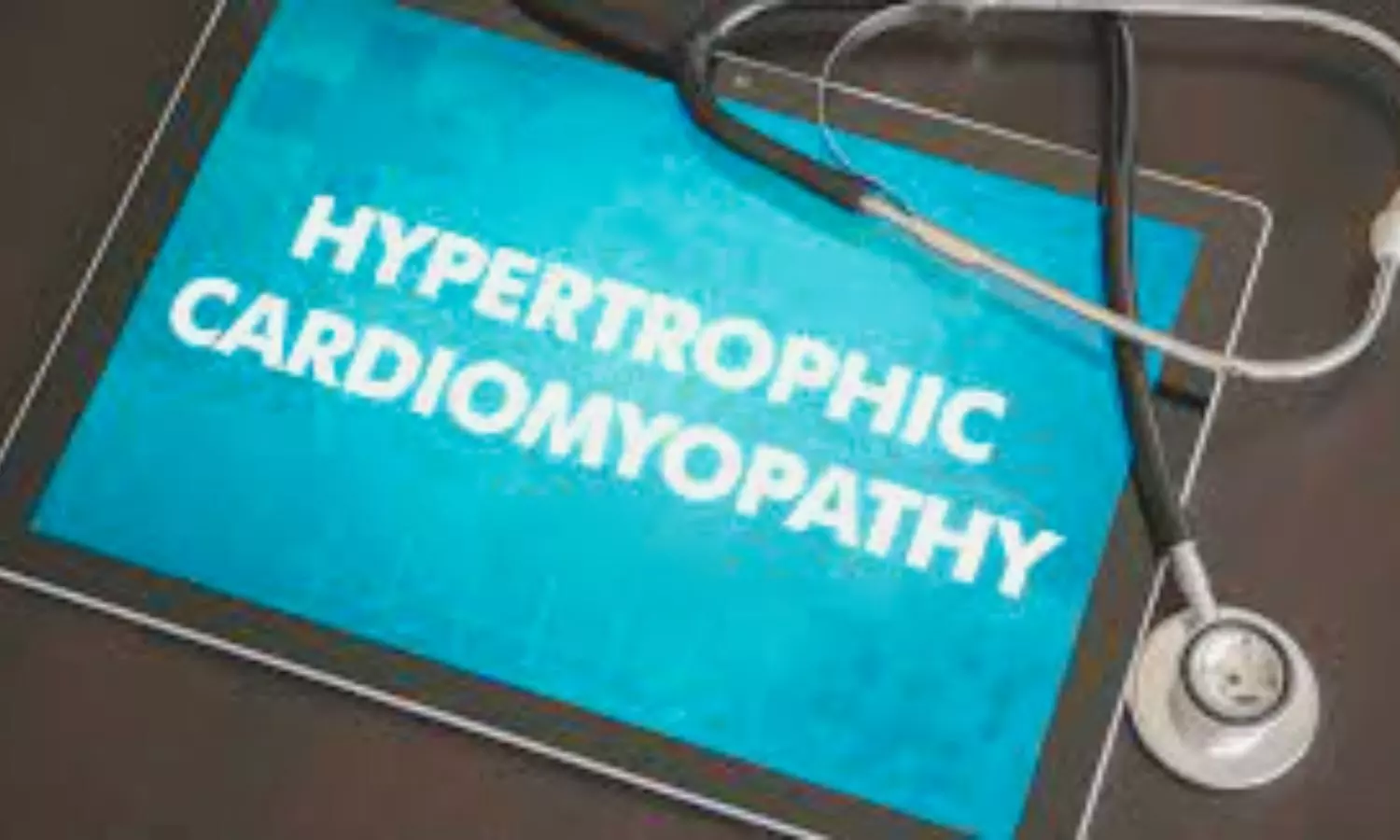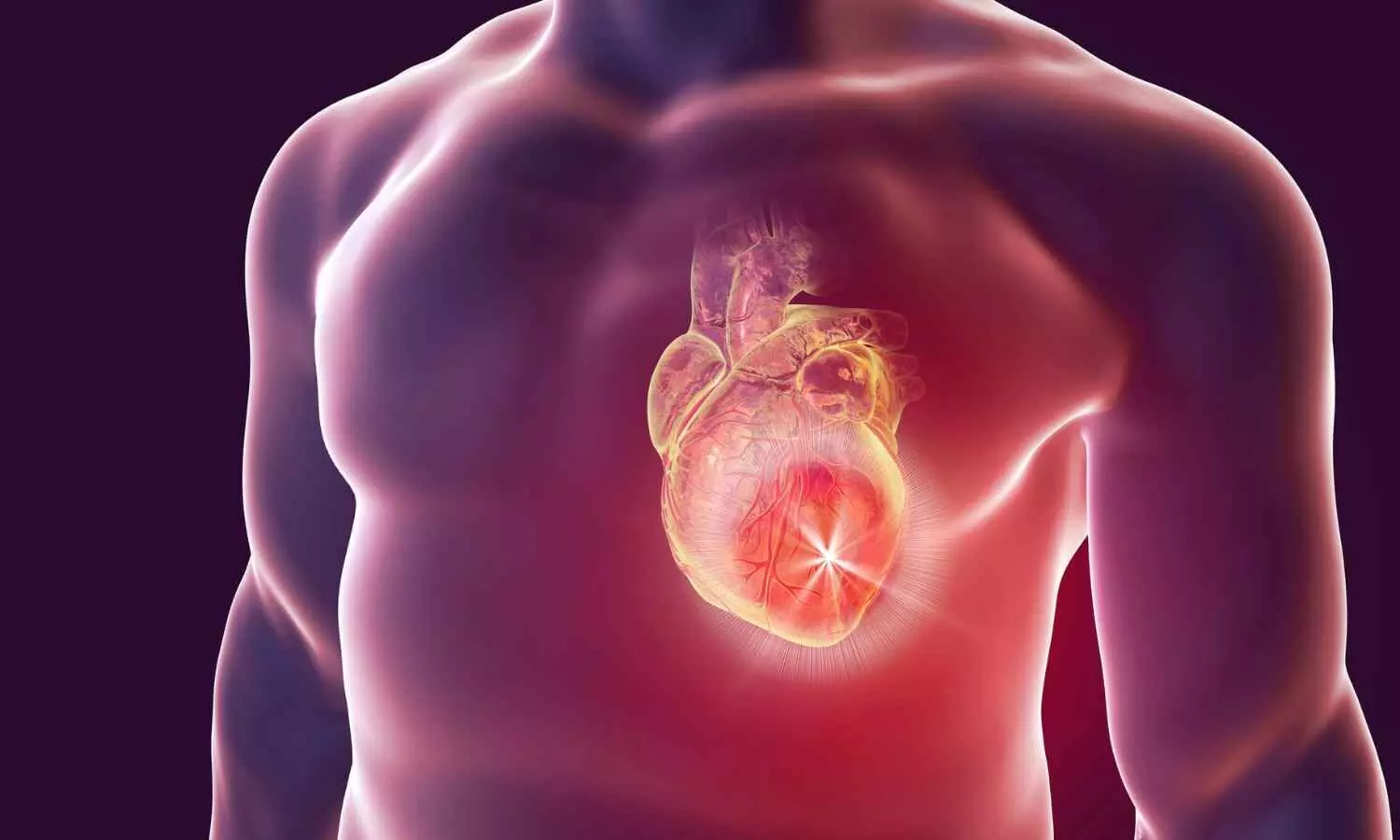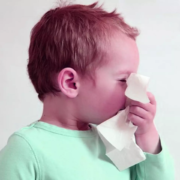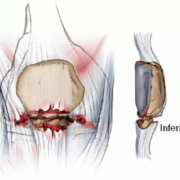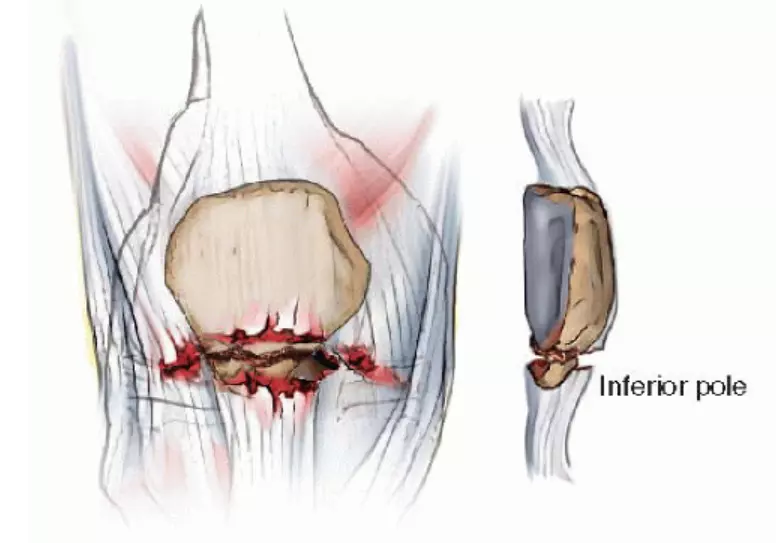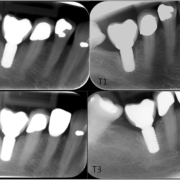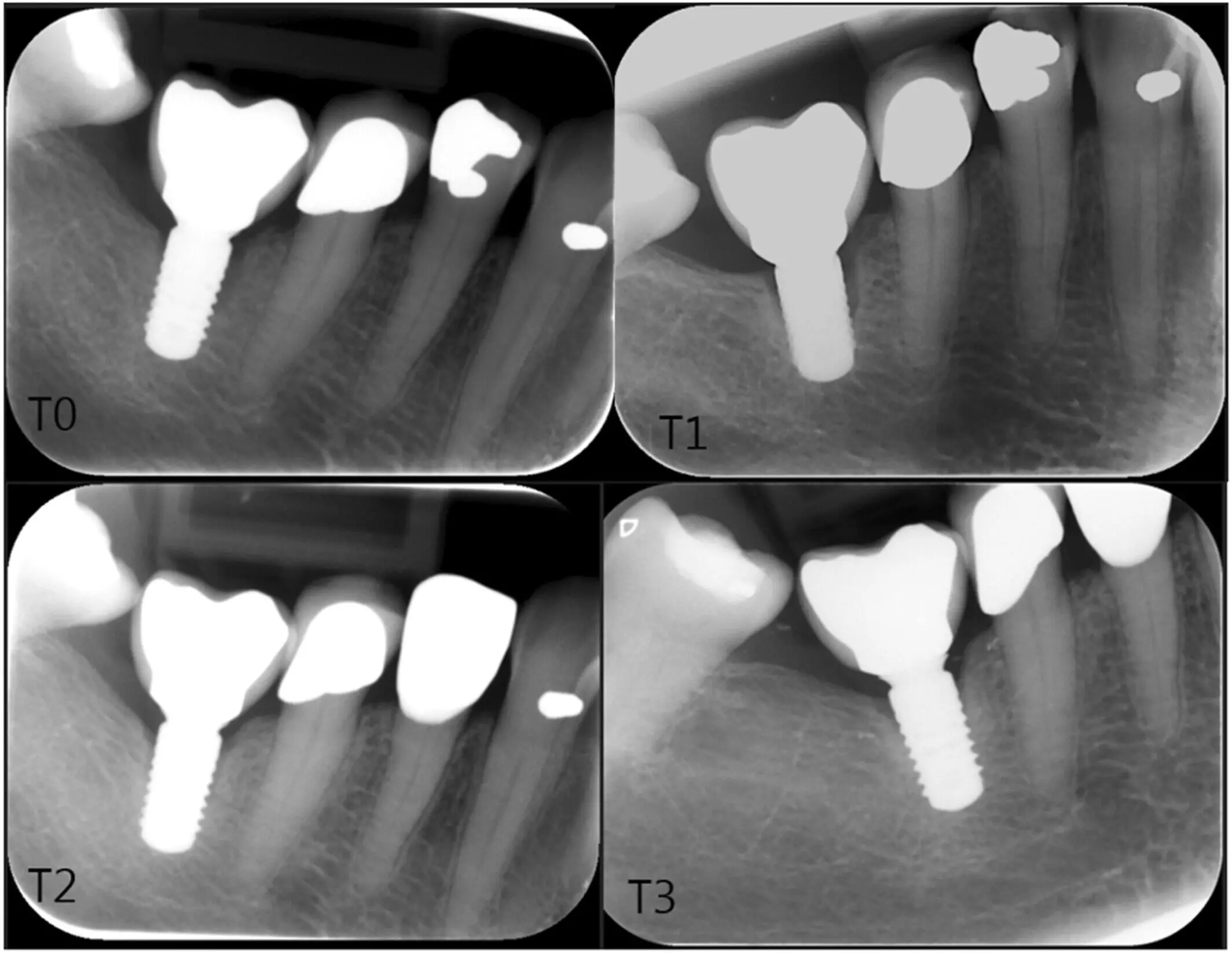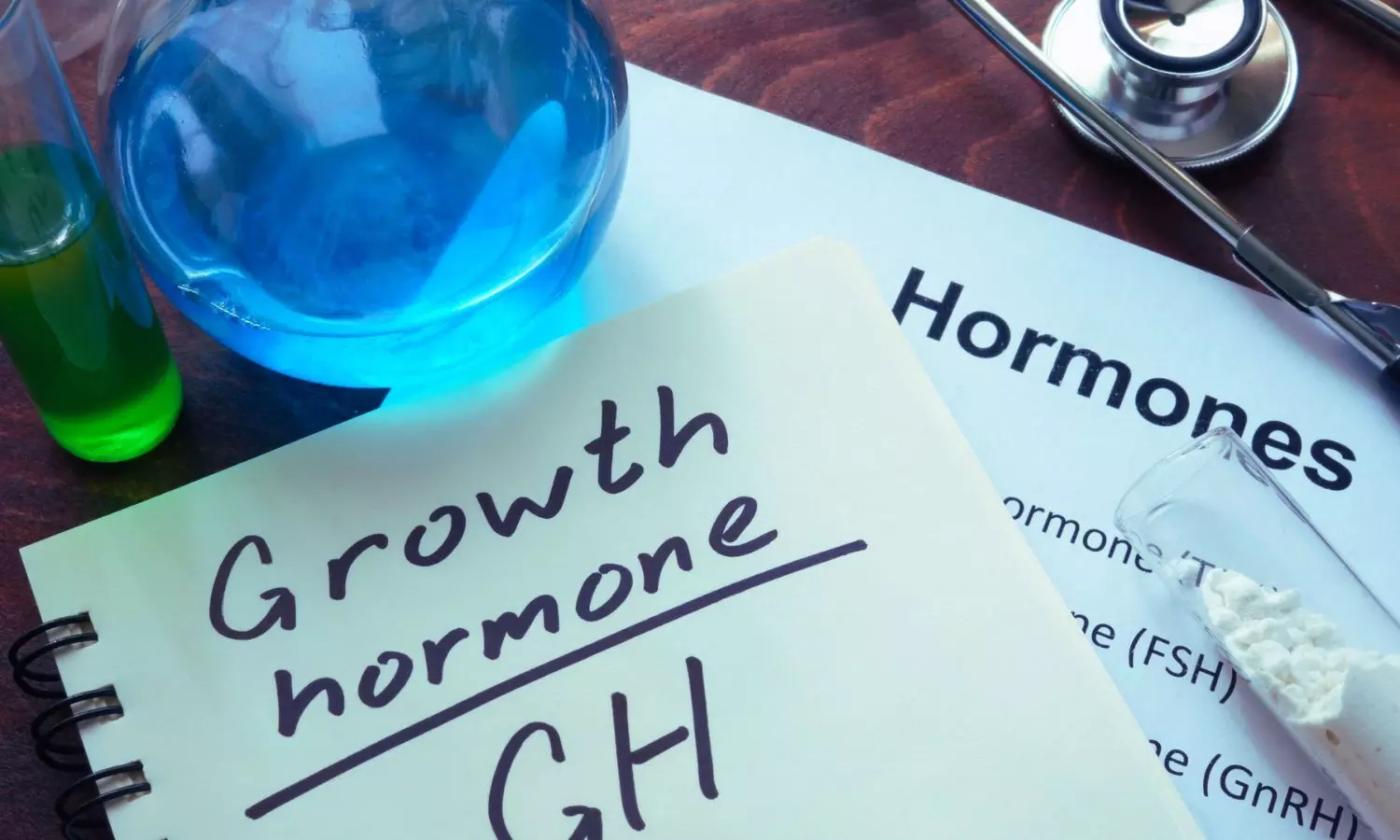Wheeze is a common preschool condition that leads to frequent emergency visits and hospitalizations. Oral corticosteroids are widely prescribed for this condition, yet previous studies have presented conflicting results regarding their effectiveness. The objective of the study was to establish the effectiveness of oral corticosteroids in managing acute preschool wheeze through the critical review of all available randomized controlled trials conducted from 1994 to 2020. The primary outcome measure was the change in WSS; the secondary outcome measure was hospital stay length. Finally, the adverse events due to corticosteroid use were also evaluated.
This systematic review with an IPD meta-analysis searched PubMed, Embase, and WHO Clinical Trials Registry from 1st January 1994 to 30th June 2020. Randomized controlled trials included in this study were all those that compared oral corticosteroids with a placebo among 12-71-month-old children with acute preschool wheeze. A total of 12 trials were found eligible after searching through 16,102 studies and then subsequently screening them. Individual data from 2,172 children of seven trials were available for the review; of those, 1,728 finally participated in the analysis.
Children were randomized to either oral corticosteroids, n=853, 63.8% male, and placebo, n=875, 66.6% male. Analyses were done by one-stage and two-stage meta-analysis with a random-effects model. WSS at 4 and 12 hours after commencing treatment was the primary outcome measure; secondary outcome measures included length of stay and occurrence of any adverse events, including vomiting.
Key Findings
• At 4 hours after treatment, the corticosteroids group showed a significant improvement in WSS compared to the placebo group, with a mean difference of -0.31 (95% CI: -0.38 to -0.24; p=0.011).
• No significant difference was observed at 12 hours (mean difference -0.02, 95% CI: -0.17 to 0.14; p=0.68). The low heterogeneity across studies (I²=0%) reinforces the consistency of this result.
• Oral corticosteroids led to a substantial reduction in hospital stay by an average of -3.18 hours (95% CI: -4.43 to -1.93; p=0.0021; I²=0%).
• Subgroup analysis indicated that this effect was most pronounced in children with a history of wheezing or asthma, where the reduction reached -4.54 hours (95% CI: -5.57 to -3.52; pinteraction=0.0007).
• While adverse events were infrequently reported (in only four of the seven datasets), there was an increased risk of vomiting associated with corticosteroid use (odds ratio 2.27, 95% CI: 0.87 to 5.88). The low heterogeneity (I²=0%) supports the reliability of these findings.
• Six of the seven datasets were found to have a low risk of bias, ensuring the robustness of the study’s conclusions.
There is clear evidence from the study that oral corticosteroids provide early symptomatic relief and decrease hospitalization for children with acute preschool wheeze, particularly in those who have had prior episodes of wheezing or asthma. The WSS improvement data at 4 hours indicates that corticosteroids act quickly, but with their effect waning by the 12-hour mark. The importance of this finding cannot be underestimated in an emergency setting, whereby rapid control of symptoms can impact decisions regarding further treatment and outcome.
This meta-analysis of IPD therefore confirms that oral corticosteroids have a beneficial effect on the management of acute preschool wheeze by reducing early symptoms and hospital stay. Corticosteroids should, therefore, be considered more in children with previous wheezing or asthma, where their effect is much more prominent. The findings of this study may influence guidelines in the future and lead to an improved approach to treatment for preschool wheeze.
Reference:
Lee, B., Turner, S., Borland, M., Csonka, P., Grigg, J., Guilbert, T. W., Jartti, T., Oommen, A., Twynam-Perkins, J., Lewis, S., & Cunningham, S. (2024). Efficacy of oral corticosteroids for acute preschool wheeze: a systematic review and individual participant data meta-analysis of randomised clinical trials. The Lancet. Respiratory Medicine, 12(6), 444–456. https://doi.org/10.1016/s2213-2600(24)00041-9
